![]()
![]()
![]()
Use LEFT and RIGHT arrow keys to navigate between flashcards;
Use UP and DOWN arrow keys to flip the card;
H to show hint;
A reads text to speech;
98 Cards in this Set
- Front
- Back
|
writing vectors |
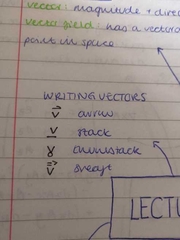
|
|
|
ways to draw vectors |
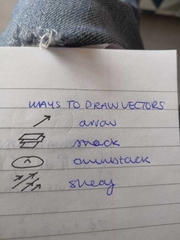
|
|
|
stokes theorum |

vector stacks don't match up discontinuities are sheafs |
|
|
gauss' theorum |

sheaf field where one point is stronger so creates discontinuities |
|
|
grad |
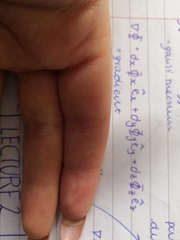
scalar to vector |
|
|
div |

vector to scalar |
|
|
curl |
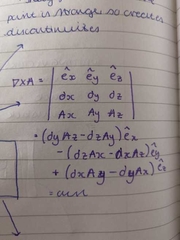
vector to vector |
|
|
helmhotz theorum |
a field completely determined by divergence, curl and boundary conditions |
|
|
laplacian |
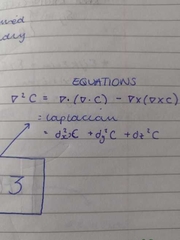
|
|
|
splitting curls and divs |
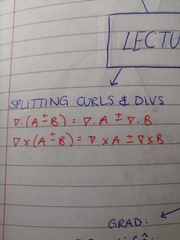
|
|
|
types of vector in Cross product |
2 arrows make a thumbtack 2 stacks make a sheaf |
|
|
levi civita symbol |
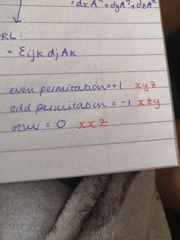
|
|
|
kronecker delta |
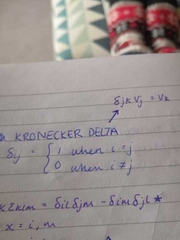
|
|
|
equations using levi civita function is and kronecker function |
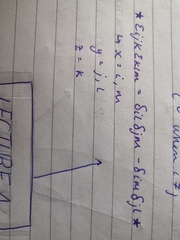
|
|
|
unit vectors |
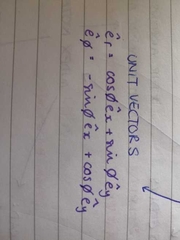
|
|
|
maxwell equations |
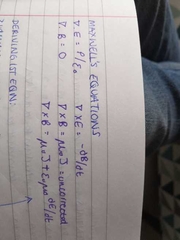
|
|
|
deriving 1st maxwell equation |
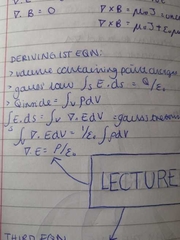
|
|
|
deriving 2nd maxwell equation |
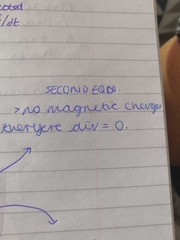
|
|
|
deriving 3rd maxwell equation |
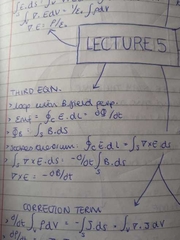
|
|
|
deriving 4th maxwell. equation |
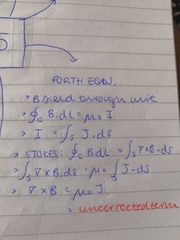
|
|
|
corrected 4th maxwell equation |
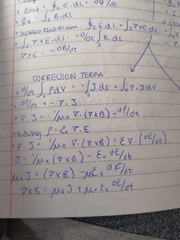
|
|
|
lorentz force |
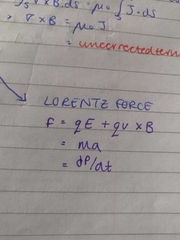
|
|
|
original potentials |
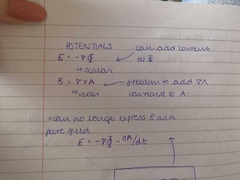
|
|
|
New potentials |
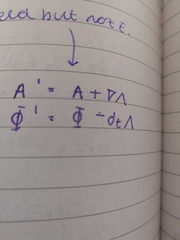
|
|
|
proof of new potentials |
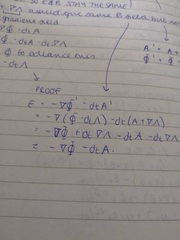
|
|
|
Hamiltons equations of motion |
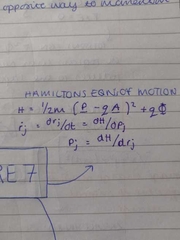
|
|
|
poisson equation |
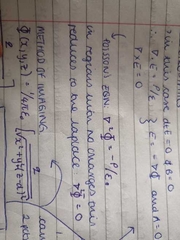
|
|
|
method of imagining |
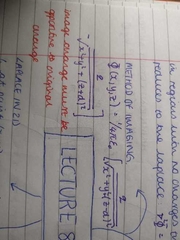
|
|
|
laplace in 1D |
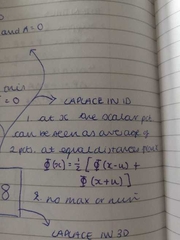
|
|
|
laplace in 3D |

|
|
|
laplace in 2D |
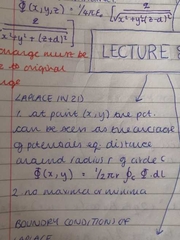
|
|
|
First uniqueness theorum |
in volume V with a surface S has a unique solution when ø is on surface S |
|
|
second uniqueness theorum |
electric field in volume V is specified by the total charge on each conductor surrounding V and the charge density Inside V |
|
|
Qml and scalar potential |
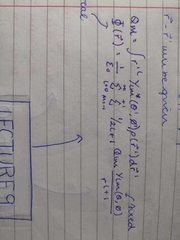
|
|
|
monopoles |
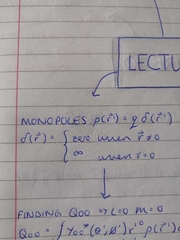
Qml =0 when L ≠0 |
|
|
dipoles |
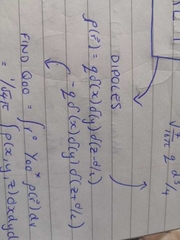
|
|
|
Mlm and vector potential |
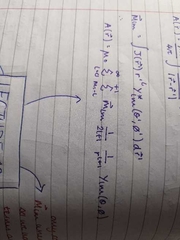
|
|
|
when to calculate Mlm |
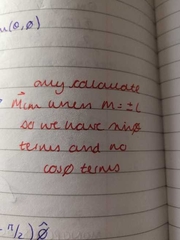
|
|
|
Mlm for loop of wire |
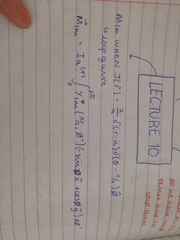
|
|
|
maxwell equations in a vacuum |
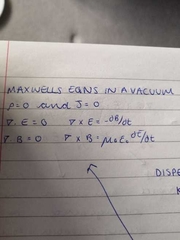
|
|
|
dispersion relation |
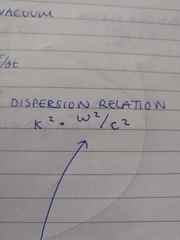
|
|
|
what happenes if a wave packet moves in time |

|
|
|
linear polarisation |

|
|
|
circular polarisation |

|
|
|
poynting vector |
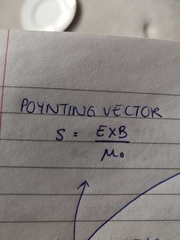
|
|
|
poynting theorum and meaning of each term |
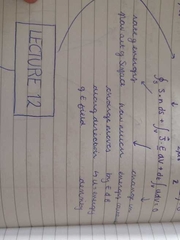
|
|
|
maxwell tensor Tij |
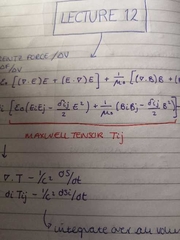
|
|
|
lorentz force in terms of maxwell. tensor |
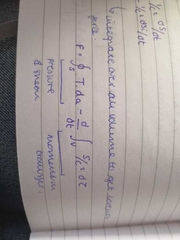
|
|
|
creating radiation |
accelerating charge |
|
|
retarded time |
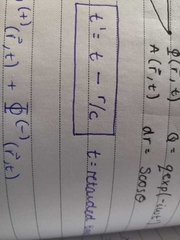
|
|
|
retarded dipole moment |
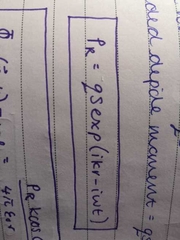
|
|
|
retarded scalar potential |

|
|
|
retarded vector potential in terms of poynting vector |
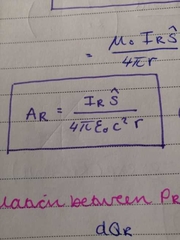
|
|
|
retarded I in vector potential |
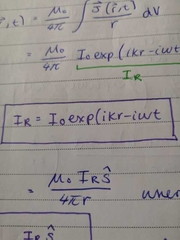
|
|
|
relation between Pr and Ir |
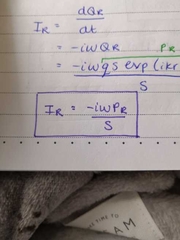
|
|
|
retarded vector field |
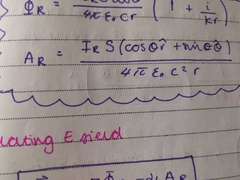
|
|
|
calculating E field using retarded potentials |

E field must be 1/r |
|
|
propagating fields direction |
E field in theta direction B field in ø direction |
|
|
poynting vector direction and in terms of Ir |
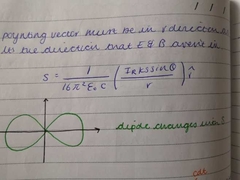
|
|
|
maxwell equation in macroscopic media |
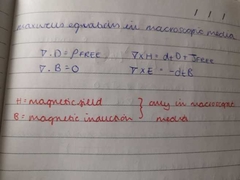
|
|
|
wave equation from maxwell equation when there are no free charges |
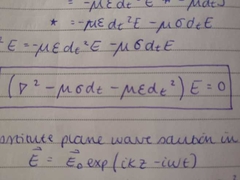
|
|
|
dispersion relation for a macroscopic material. |
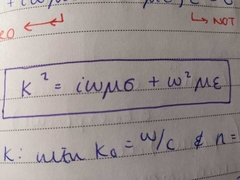
|
|
|
k for a macroscopic material in terms of refraction index |
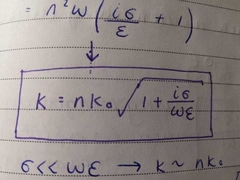
|
|
|
k for a dielectric |
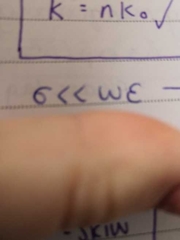
k ~ nk0 |
|
|
skin depth |

|
|
|
conductivity in a plasma |
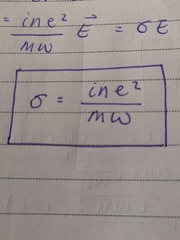
|
|
|
polarisation field |
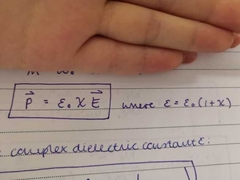
|
|
|
complex dielectric constant |
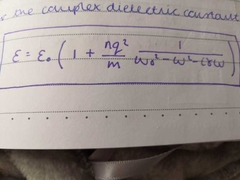
|
|
|
index of refraction |
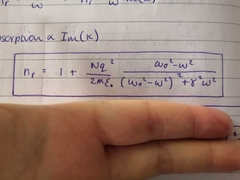
|
|
|
equation for alpha that is 2 times the imaginary part of k |
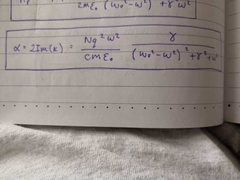
|
|
|
normal and anomalous dispersion compared to alpha |
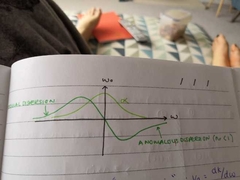
|
|
|
group velocity |
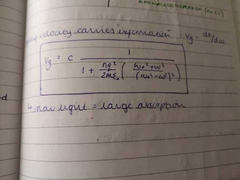
|
|
|
boundary conditions |

|
|
|
B field in terms of k and E field |
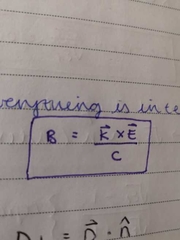
|
|
|
conditions of E field |
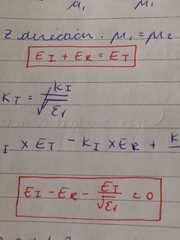
|
|
|
refraction coefficient |
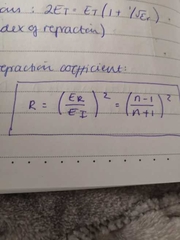
|
|
|
waveguides |
have conducting walls
no free charges or currents inside the waveguide orientated in z direction wave doesn't travel straight inside the waveguide |
|
|
TEM wave |
when both Ez and Bz are zero not allows in waveguide |
|
|
rectangular waveguide with conducting walls |
E parallel =0 B perpendicular =0 |
|
|
wavenumber in a waveguide |

|
|
|
cut off frequencies in a waveguide |
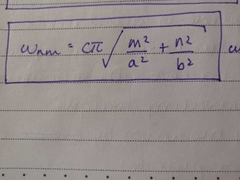
|
|
|
why use group velocity instead or phase velocity |
phase velocity is greater than the speed of light |
|
|
coaxial transmission line |
do transmit TEM waves bc core can be held at a different potential to outer wall |
|
|
capacitance and inductance of in coaxial cable |
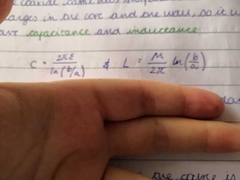
|
|
|
impedance in a coaxial cable. |
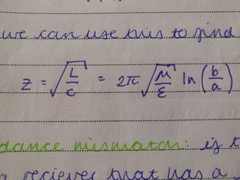
|
|
|
impedance mismatch |
if the cable is plugged into a receiver that has a different impedance part of the signal will be reflected back |
|
|
cavity |
black off sides or a metal box Conducting metal plates |
|
|
want frequencies exist inside a cavity |
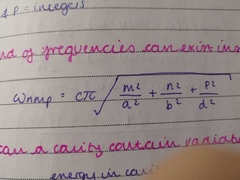
where a B and d are the side lengths |
|
|
how well can a cavity hold radiation |

|
|
|
position and momentum 4 vector |
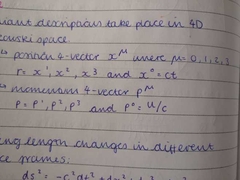
|
|
|
finding length changes in different reference frames |

|
|
|
contraction |
sum over 2 repeating indices, one if which is upper and one that is lower |
|
|
lorentz transformation |
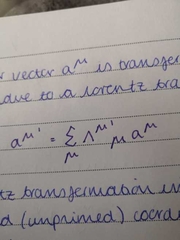
|
|
|
tensor transforms |
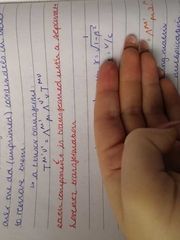
|
|
|
lorentz vector for transforming |
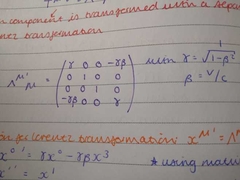
|
|
|
four vector potential |
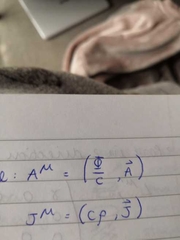
|
|
|
tensor matrix |
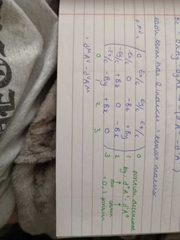
used to go to a boosted frame with 2 indices |
|
|
transformation arguments |

|

